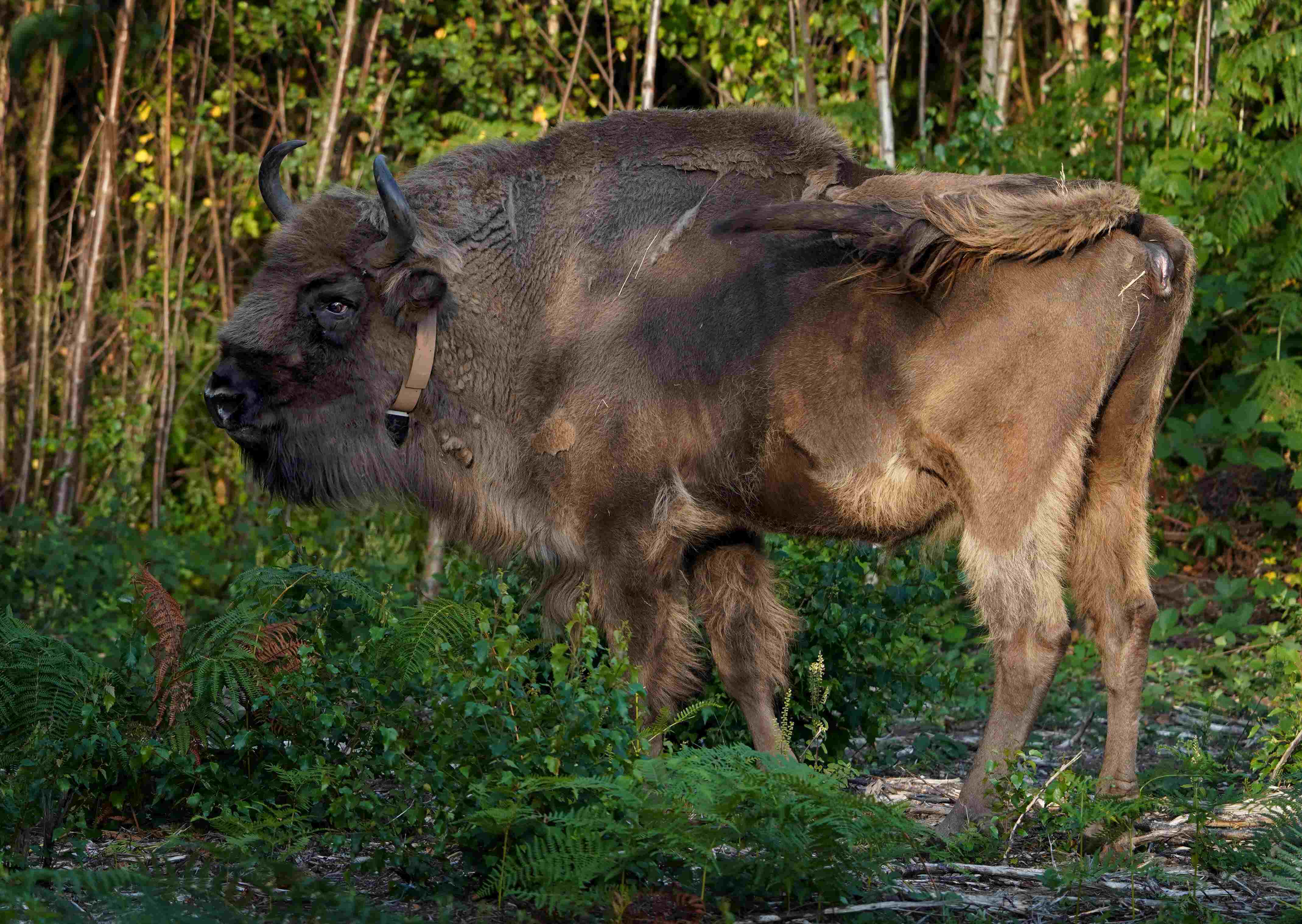"Bison Bridges" Rewild English Countryside | Scott Hannan
World Car-Free Day | Juliana Birnbaum

|
|
People ride bicycles on the street on a car-free Sunday in Brussels, Belgium.
|
While visiting Brussels recently, I joined around 100 million people in 1500 cities worldwide celebrating World Car-Free Day on Sunday, September 22. What a joy to be part of a group of cyclists taking over the boulevards, breathing cleaner air, and cruising the neighborhoods of the scenic city without the traffic congestion. Urban transport was free, and the cobblestone streets came alive as people gathered in parks, outdoor markets, and cafés without the typical noise pollution. The annual event, first launched in France in 1998, aims to bring awareness to the impacts of cars while promoting healthier and more sustainable alternatives like walking, cycling, and the use of public transportation. Brussels was joined by cities including Paris, Washington DC, and Ulan Bator in Mongolia. In London, walking and cycling commissioner Will Norman said: "World Car Free Day is an important moment to celebrate the progress we’ve made in building more livable neighborhoods and embracing a different vision for our streets." While myths about car-free days persist, when embraced more regularly throughout the year (as they have been in Kigali, Rwanda, and Bogotá, Colombia), they can have measurable effects on urban culture, emissions, and human health. For more on shifting urban life away from the car, see our Fifteen-Minute City Nexus.
The UK's Nature Envoy - A Signal of Ambition? | George Biesmans

|
|
"While I am foreign secretary, action on the climate and nature crisis will be central to all the Foreign Office does. This is critical given the scale of the threat, but also the scale of the opportunity." - David Lammy
|
“Systemic” is not a word we often hear high-ranking government ministers attributing to the climate and nature crisis. In fact, we seldom hear “nature crisis” uttered at all by governments. Many remain paralyzed by “carbon tunnel vision,” obsessing about emissions while disregarding the critical importance of protecting and restoring nature in responding to the emergency. In the UK, the winds of change might, however, be gently starting to blow. The government’s announcement that it would appoint a Nature Envoy for the first time suggests a growing recognition of the interconnected and cross-cutting essence of the climate and nature crisis. Foreign Minister David Lammy recently commented that the crisis was “more fundamental” than other threats, acknowledging that it is “systemic, pervasive and accelerating towards us.” With both the biodiversity and climate COPs just around the corner, the announcement comes at an auspicious time. While it may be a harbinger of the UK ramping up ambition on climate and nature domestically, it may also augur a revival of an ambitious coalition of governments worldwide, with the UK playing a key role. For now, of course, these remain words and pledges. Urgent action will need to follow. But it does suggest a nascent understanding at the highest level of government that climate breakdown and the collapse of nature are inextricably linked and that one can’t be solved without the other.
Cyprus Leads the Way in Solar Heating | Claire Inciong Krummenacher

|
|
Houses with solar water heaters in Protaras, Cyprus.
|
An early adopter of solar energy, Cyprus has now outpaced all other European Union members in implementing hot-water solar systems, with over 90% of households and almost 100% of hotels on the island estimated to rely on it to meet domestic energy needs. With over 360 days of sunlight a year, solar energy has proven to be a reliable, cost-effective way of supplying both electricity and hot water to remote areas, many of which saw the installation of solar infrastructure before the official power grid. Since the local Union of Solar Thermal Industrialists was founded in 1977, it has installed nearly 1 million square cubic meters of solar panel collectors. The widespread adaptation has also played a key role in lowering the cost of electricity for Cypriot households, given that Cyprus’ obligation to purchase emissions quotas from other EU states can account for up to a third of electricity generated by oil or diesel. Following installation, residents enjoy free hot water and drastically reduced energy bills. Learn more at our Solar Nexus.
Take Action on Nexus
Find out how to empower children with an education that fosters environmental stewardship, climate resilience, and an understanding of ecological principles in our Environmental Education Nexus.
Photo Credits
1. PA Images / Alamy Stock Photo
2. SOPA Images Limited / Alamy Stock Photo
3. Ruby / Alamy Stock Photo
4. Jeff Morgan 16 / Alamy Stock Photo
Support our work
We rely on the generous support of our fellow regenerators! Please consider making a one-time or recurring donation to keep Project Regeneration and The Waggle going.
Want the Waggle coming to your inbox instead? Click Here to Subscribe!




